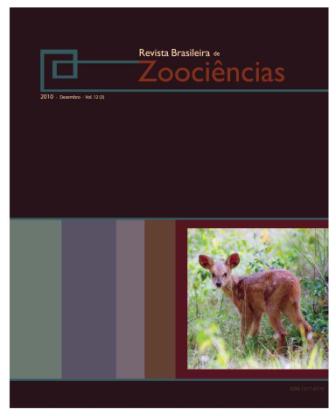Do litter arthropods respond to microhabitat gradients? A case study from Brazilian sand dunes in semiarid Caatinga
Resumo
Many studies on terrestrial arthropod assemblages rely on low taxonomic resolution (organisms identified to above species level) to discriminate sites with different structural complexities. Whole assemblages are seldom used to evaluate arthropods relationships with microhabitats. We tested if/how microhabitat influences terrestrial arthropods great groups relative abundances. Our study site was a semiarid sand dune field in the Caatinga (Bahia, Brazil), which harbours an endemic biota and presents low microhabitat complexity. We used a General Linear Model to test the influence of microgeographic position, area covered by litter and by trees+shrubs on the most abundant arthropod groups. We used as response variable one NMDS axis representing the relative abundance of arthropod great groups (assemblage structure) for diurnal and nocturnal/crepuscular faunas in the beginning and the end of the rainy season. For both seasons, there is a negative association between Formicidae and Coleoptera during the night and a negative association between of Formicidae and Araneae during the day. Such changes were not explained by the microhabitat variables. Lack of association between microhabitat and assemblage structure could mean that arthropods do not respond to those variables or could derive from responses of individual species.



